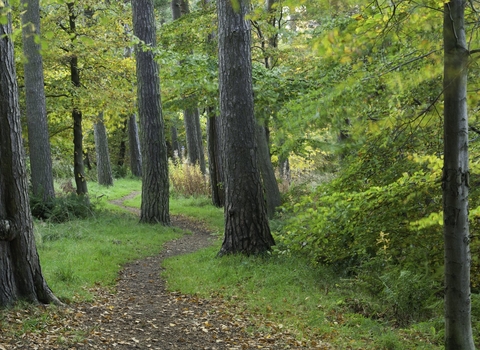Weird Nature
Wherever you live, there are so many weird and wonderful wild creatures to discover.
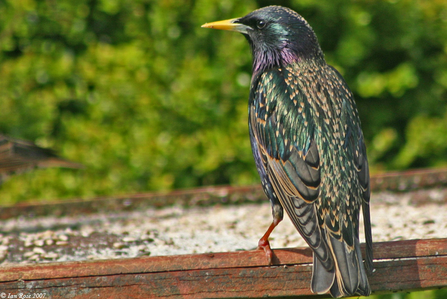
© Ian Rose
Starling
Have you heard weird sounds outside your window? It could be a starling. These beautiful glossy birds make all kinds of odd clicks, whistles and rattles. They can even mimic sounds, including other birds, telephones and car alarms.
Herring gull
Gulls don’t rely on raiding bins for food, they have plenty of other tricks. Herring gulls often dance for their dinner, stomping their feet quickly on grassy areas. The vibrations imitate rainfall, tricking worms to the surface so they can gobble them up.
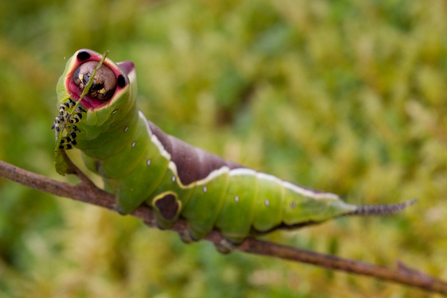
Puss moth caterpillar ©Vaughn Matthews
Caterpillar
Caterpillars are weird in so many wonderful ways. They can have over 4,000 muscles in their body and grow to 10,000 times their hatching weight in just a few weeks. If that’s not weird enough, they then grow wings and learn to fly!
Scorpion fly
This strange-looking insect, found in parks and gardens, has a weird view of romance. A female is likely to kill a male, so to try to win her over the male gives her a present – a drop of his saliva. Better than chocolate to a female scorpion fly!
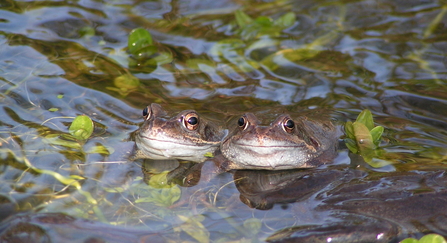
Richard Burkmar
Common frog
Frogs often close their eyes when they eat. It might look like they’re just enjoying a tasty insect, but they’re actually using their eyeballs to help them swallow it. Their bulging eyes retract into the head, helping push food down their throat.
Bee fly
Young bee flies live in bees’ nests, where they feed on bee larvae. She can’t go into the nest to lay her eggs, so the female bee fly hovers near the entrance and throws the eggs inside. They aren’t very accurate, but they can lay thousands of eggs a day.
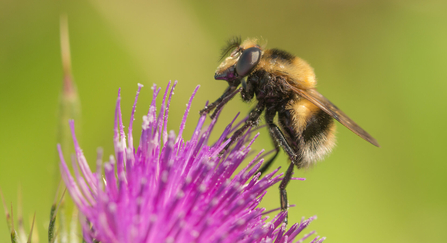
Janet Packham - Janet Packham Photography
Bumblebee
Smelly feet might not be that weird, but bumblebees take it to the next level. When they visit a flower, they leave stinky footprints behind. Then other bees can use that to tell who has visited the flower before them.

